HTC One M9 Review: Déjà Vu All Over Again
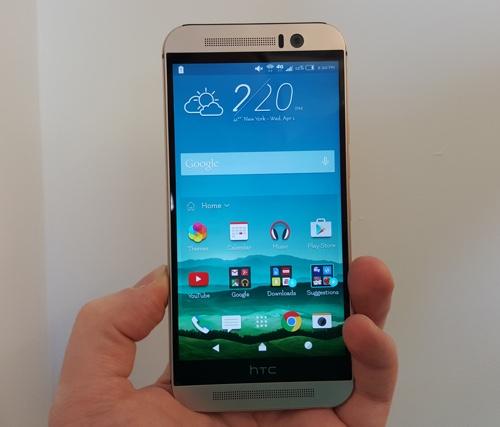
HTC’s
new smartphone is here: the One M9. The follow-up to the One M8, one of
the best smartphones of 2014, the M9 ($199 with a two-year contract)
sports a new camera, faster processor, and a variety of more subtle
upgrades.
But the One M9 is battling some stiff competition in Samsung’s excellent Galaxy S6 and Apple’s iPhone 6. So, should you make the One M9 your next smartphone?
Haven’t we met before?
HTC’s motto for the One M9’s design should be, “If it ain’t broke, don’t fix it.” The phone is nearly identical to its predecessor, the excellent One M8, which was nearly identical to 2013’s acclaimed One M7
It’s
almost as if HTC took the One M7 and M8 and smashed them together to
create the One M9. Like the M7 and M8, the M9 is absolutely gorgeous.
The newest phone features the same all-metal body as its forerunners,
along with HTC’s wonderful BoomSound dual front speakers.
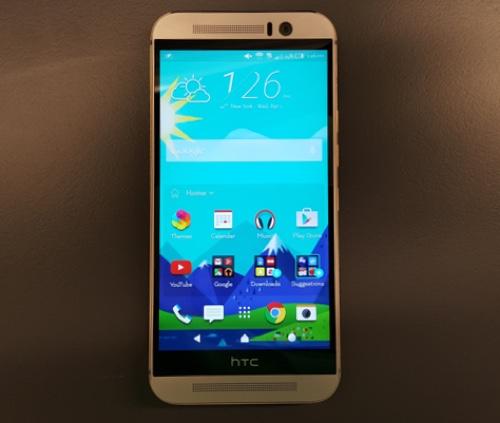
To
keep its metal back panel looking polished, HTC has coated it with a
scratch-resistant finish that also helps to improve grip. Color options
for the M9 include a beautiful two-tone silver and gold and gunmetal
gray. Do yourself a favor and get the two-tone model. It just looks
classier.
The
fact that the M9 looks like the M7 and M8 doesn’t make it any less
attractive; all three phones are among the best-looking smartphones you
can buy. But, as Yahoo Tech’s Jason Gilbert pointed out in his
commentary on the One M9, HTC could have done so much more with the M9’s design, but instead it has left it to stagnate, and that’s a shame.
A beauty of a screen
Like
the HTC One M8, the One M9 comes with a 5-inch, 1920 x 1080 resolution
display. Why not go with a higher-resolution screen like the 2160 x 1440
resolution panel found on Samsung’s Galaxy S6? Because there’s no reason to.
The average person can’t
tell the difference between a screen with a resolution of 1920 x 1080
and one with a resolution of 2160 x 1440, so HTC decided to stick with
the lower resolution, as it uses less battery power.
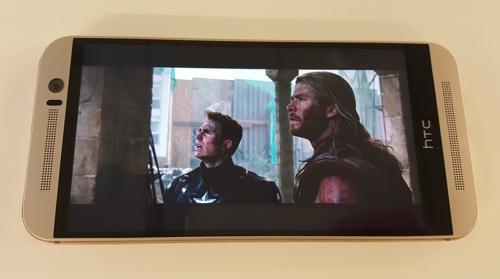
Images
and videos on the One M9 look extremely sharp, and easily match those
viewed on the S6 and iPhone 6. The biggest differences between One M9
and its competitors are in brightness and color.
Next to the S6 and iPhone 6, the One M9’s display looks relatively dim. Similarly, colors look cooler when viewed on the One M9. Colors appear a bit warmer on iPhone 6’s display, though the Galaxy S6’s screen was easily the most vibrant.
Intense audio
Like
its predecessors, the HTC One M7 and One M8, the One M9 packs a pair of
front-facing speakers that pump out the best audio quality of any
smartphone. The speakers, which HTC calls BoomSound with Dolby Audio,
are easily loud and clear enough to rival small standalone Bluetooth
speakers.
No, they’re
not going to replace your high-end audio setup, but they are more than
good enough for small parties, or if you just want to listen to some
tunes while doing work around the house.
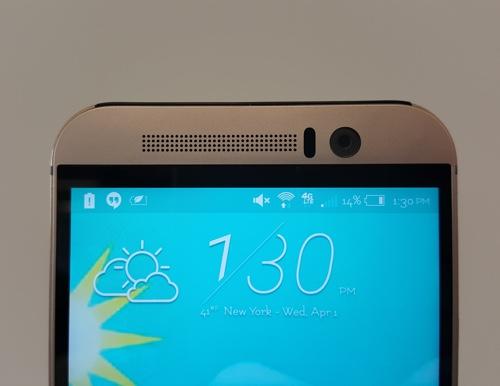
The One M9’s
BoomSound speakers come with two audio modes, Theater and Music, which
you can adjust on the fly to provide different audio profiles. BoomSound
also provides four audio modes for headphones, each of which adjust the
sound profile a bit more than the last.
If your biggest concern when you buy a smartphone is how it makes your music sound, then look no farther than the M9.
Camera troubles
In previous years, HTC used gimmicky language and features to push its cameras. The One M7 introduced us to HTC’s “UltraPixel” camera, which used larger pixels, but fewer of them, while the One M8 gave us the company’s Duo Camera, which consisted of an UltraPixel camera and a secondary depth-sensing camera below it.
This
time around, though, HTC is ditching the silly names and technologies
for a straight-up 20-megapixel rear camera. For all that messing about,
the results are largely the same.
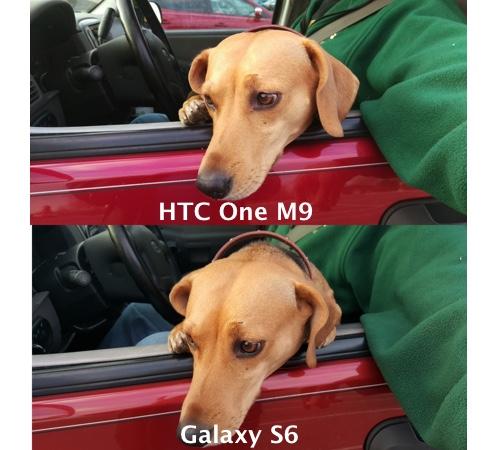
Photos
taken in well-lit settings looked clear, though not quite as sharp as
those taken with the iPhone 6 or Galaxy S6. Low-light photo performance,
on the other hand, was exceedingly poor.

A
photo of a beer tap taken with the M9 looked grainy and blown-out,
compared to an image of the same scene taken with the iPhone 6. A shot
of a beer taken with the M9 was equally murky compared to the iPhone’s image.
HTC
did, however, add some interesting camera features, including its
Prismatic mode, which lets you add a kaleidoscope-style filter to your
photos. Still, HTC should just have worked on overall image quality,
which is a major selling point for most smartphone buyers.
A smarter smartphone
HTC’s
One M9 runs on Google’s Android Lollipop operating system. And like
most Android smartphone makers, HTC adds its own overlay to Android,
complete with its own look and feel. HTC’s is called Sense. There isn’t
much of a difference between this latest version of Sense and the one
found on the HTC One M8, beyond some new themes and color options.
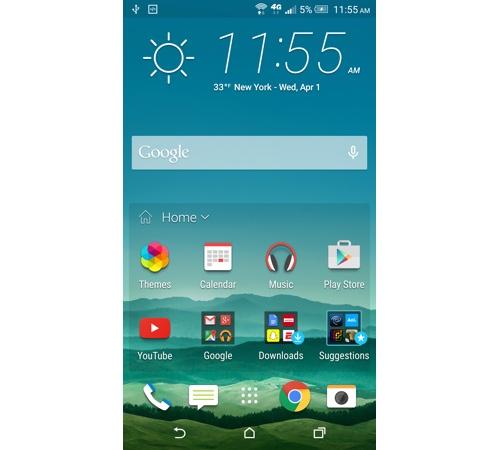
The
biggest change to the One M9’s interface is a new app widget (an app
that you interact with from your phone’s home screen) called Sense Home.
The widget figures out which apps you use the most while at the office,
at home, or out around town, and automatically surfaces them based on
the time of day and your location.
Say,
for example, you use Gmail and Spotify a lot while on the go, and
Google Drive in the office. Sense Home will learn your usage patterns,
and the next time you walk into your office, it will populate the Sense
Home screen with Google Drive and any other apps you use at work.
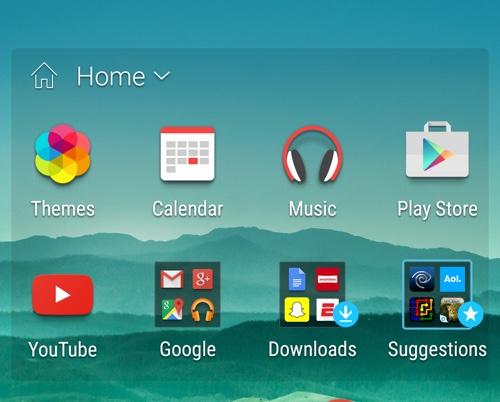
It’s
an interesting feature, but the thing that I find most helpful about it
is that it automatically saves your downloaded apps to a Download
folder, rather than just sticking them wherever there is space on your
phone’s home screen.
There’s
also a new Themes feature that lets you adjust the look of the One M9’s
interface from icon styling to the color of app borders. It’s actually a
pretty fun app, and gives your phone a greater sense of character.
A hot performer
In
the months leading up to the HTC One M9’s launch, questions persisted
about overheating problems associated with the processor included in the
M9. And while those issues don’t seem to be as problematic as they
sounded before the One M9’s launch, the back of the handset does get
rather warm if you are using it for even a moderate amount of time.
In
terms of overall use, the One M9 is as speedy as the rest of the
current flagship smartphones on the market. You’ll be able to browse the
Web, stream music and movies, and play basic games with ease.
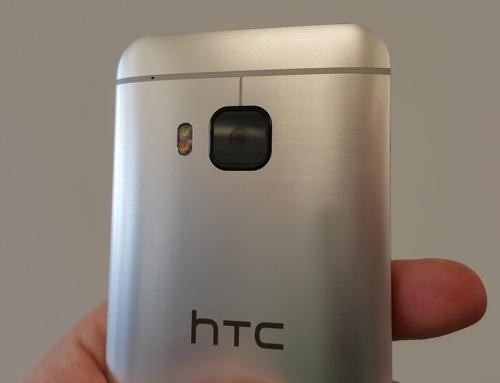
Unlike
Samsung, which did away with microSD card slots for its Galaxy S6, HTC
still has one, and it has added to its card slot, by increasing its
storage capacity to a ridiculous 2TB of memory, in addition to the
handset’s initial 32GB of internal storage. That should be plenty of
room for your movie and music collections, as well as your photos. Of
course, finding a 2TB microSD card will prove difficult, as they don’t
exist yet. Yes, the One M9 uses a spec for something that you can’t even
buy.
The
One M9 packs a relatively large battery, which should get you at least a
full day’s use without requiring a recharge. If you start running out
of juice, you can always switch on the One M9’s Power Saver or Extreme
Power Saver modes, which cut back on the handset’s performance and
capabilities in favor of conserving battery life.
UH OH protection
To
make the One M9 more intriguing to consumers, HTC is including its free
UH OH Protection with every new M9. A built-in safety plan, UH OH
Protection promises One M9 customers a free replacement phone if they
drop, crack, or otherwise ruin their handset in the 12 months of its
release.
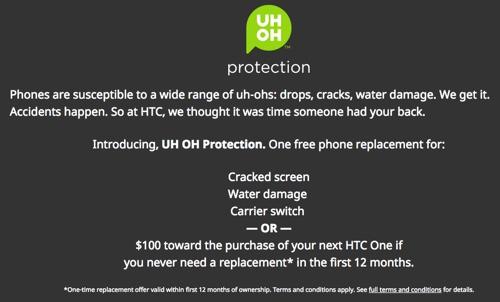
The
company will also provide you with a new phone if you decide to switch
carriers. If you don’t use your UH OH Protection within the first year,
HTC will provide you with up to $100 toward the purchase of a new phone.
A repeat performance
The
HTC One M9 is a gorgeous smartphone with powerful speakers and tons of
storage. But it’s more of a repeat of the One M8 than a truly new
handset. Not only is its design largely unchanged, but its new
20-megapixel camera suffers from the same problems as its predecessor’s
UltraPixel camera.
I
want to like the One M9, because I was such a big fan of the One M8,
but it simply left me wanting more. HTC may have been able to get by on
its phones’ looks when Samsung was making handsets that felt like
plasticky toys, but now that Samsung’s flagship Galaxy S6 has an equally
attractive design, coupled with an excellent camera and a host of other
features, the One M9 feels like an also-ran.

No comments:
Post a Comment